In an increasingly digital world, brands are constantly competing for users’ attention. It takes about 0.05 seconds for users to form an opinion about your website—and emotion plays a key role in helping them form that opinion.
Building an emotional connection with your audience is crucial to good UX. Emotionally compelling content is what causes a person to feel like a product or brand reflects their values. In other words, it’s what keeps people coming back for more.
In this guide, we’ll explore the role emotional content design plays in creating an effective user experience, outline some steps and best practices for incorporating emotion into your content strategy, and share three examples of emotional content design in action.
- What is content design?
- The role of emotion in content design (with examples)
- How to create emotionally compelling content for digital products
- Emotional content design best practices
- Key takeaways
What is content design?
Content design is the process of creating and structuring information in a way that’s easy for people to understand and navigate.
Emotional content design is crucial for creating a seamless and engaging user experience, encompassing everything from copywriting and typography to images and videos. Content designers work closely with researchers, developers, and UX/UI designers to develop a deep understanding of user needs and goals so they can create content that’s accessible, understandable, and relevant.
To learn more, check out our complete guide to content design.
The role of emotion in content design
As we explored in the previous section, content design is all about writing for the user. But to write for the user, you need to understand their needs, desires, and—crucially—their emotional drivers. This is where emotional content design comes in.
Emotional content design refers to the intentional use of emotional triggers through text, images, videos, or interactive elements to create a deeper connection with the audience. In essence, it’s all about making users feel seen and understood in order to establish trust and loyalty.
Let’s take a look at some additional benefits of emotional content design:
- Engagement: When users feel an emotional connection to the content, they’re more likely to remember and engage with it—especially when the content evokes strong emotions like happiness, anger, or surprise.
- Action: Content that resonates emotionally is much more effective at driving action. For example, a productivity app sign-up page that emphasises the positive emotions associated with achieving your goals (e.g., relief, empowerment, pride) might have higher conversion rates than one that focuses solely on the app’s features.
- Belonging: Emotional content design can help create a sense of belonging. Representing users’ emotions through content can make them feel part of a larger community or movement.
Don Norman’s three levels of emotional design (with examples)
In his book ‘Emotional Design,’ leading designer and researcher Don Norman provides a framework for designing products that resonate emotionally with users.
Let’s take a quick look at Don Norman’s three levels of emotional design; and how content designers can use this framework as guidance for emotionally-driven user experiences.
1. Visceral design
Visceral design is the initial impact that a product or design has on a person. First impressions matter (a lot), and the immediate, instinctive reaction users have when they first encounter your content will set the scene for how they’ll interact—or not interact—with your brand going forward.
Sometimes all it takes to decide whether a product is right for you is a gut feeling, so it’s important to evoke a visceral response that accurately reflects your brand. For example, if you’re creating content for a fun and playful brand, you’ll want to create a visceral response that’s lighthearted and entertaining.
Mental health organisation mind.org features an impactful problem statement on their homepage which a) evokes an immediate visceral reaction, and b) tells the user they understand the seriousness of what they might be dealing with.
2. Behavioural Design
This level of emotional content design is all about usability and functionality; in other words, how people interact with your content. Behavioural design seeks to make the product or design intuitive and easy to use, which can lead to positive emotions like satisfaction or delight.
For content designers, this means ensuring your content is well-organised, easy to read, and easy to navigate—so your users can quickly achieve their desired outcomes.
The Gov.uk bank holiday page is a great example of behavioural content design at play (no surprises there—it was while working for the UK government that Sarah Winters founded the discipline!).
Rather than a spreadsheet full of dates, the site immediately tells the user when the next bank holiday is before listing the rest of the upcoming days off. The page also features a button users can click to add bank holiday dates to their calendars.
3. Reflective Design
Reflective design refers to people’s emotional response when using or interacting with a product or design, and the meaning they attach to your content. Don Norman refers to reflective processing as the only conscious form of processing; this is when users really consider a product—from how relevant it is for their needs, to how it reflects on them to use it.
Reflective content design is all about storytelling; building a compelling narrative that resonates with your users on a deep, emotional level. This means creating content that taps into people’s values, beliefs, and aspirations—which could be anything from a notification after achieving a certain goal, or opportunities for personalised interaction. Headspace has incorporated reflective emotional content design into their app by allowing users to send motivational messages to their friends.
How to create emotionally compelling content for digital products
With a solid understanding of what emotional content design looks like, let’s dive into some of the steps content designers can take to incorporate emotion into their content strategies.
1. Research your audience
The first step in creating emotionally compelling content is understanding who your audience is, and what emotions are most likely to resonate with them. Conducting extensive user research (including surveys, interviews, and workshops) will help you gain insights into your audience’s values, interests, and pain points—which can then be distilled into comprehensive user personas.
What feelings do they experience when they use a similar product or service? What pain points are they trying to overcome? By understanding your audience’s emotions, you can create content that speaks to them on a personal level.
Pro tip: The more granular you go with your research, the better. You want your content to resonate with as many users as possible, rather than a select few.
2. Define your goals
With a comprehensive understanding of your audience, it’s time to define your goals and decide on the specific emotions you want to evoke with your content. This can include emotions such as joy, empathy, or trust.
With your goals defined, you can start creating a content strategy that evokes visceral, behavioural, and reflective emotions at various touchpoints across the user journey—from the initial landing page to the point of purchase or sign-up.
3. Use storytelling
When it comes to evoking strong emotions (like inspiration and hope), storytelling is one of the most powerful UX tools there is. By telling a story, you can move beyond features and benefits and create a cohesive narrative that engages your audience.
Good storytelling in content design should be authentic and speak to the values of your brand. It should also be relatable and meaningful to your audience. It all goes back to your brand’s mission statement: Who is this product for? What does the product seek to achieve? Why should people use this?
4. Leverage the power of visuals
Humans are visual by nature, and we process images and graphics much faster than text. Users can quickly experience ‘information overload’ when faced with text-heavy interfaces, so it’s important to use visual mediums like images or videos to quickly and effectively convey emotions.
The visuals you choose should tie into your overarching story or narrative, and provide an immersive, interactive experience that engages your audience on an emotional level. For example, instead of a big block of text explaining the product’s benefits, you could feature a video demonstrating the product in use—and the problem it solves.
5. Humanise your content
Both voice and tone both have a huge impact on users’ emotional responses. By using the right words, you can create a sense of urgency, excitement, or inspiration. At the same time, using the wrong words can create negative emotions—like frustration or confusion. For example, when used correctly, humour can be a powerful emotional driver and help build a strong connection with your audience. But when misused, it can come across as overfamiliar or disingenuous.
For maximum impact, it’s essential to remain as human-centric as possible. Allow your content to be guided by the user research and personas you created in step one, and think about how real people would interpret each word. You can also include user-generated content like reviews, quotes, or case studies for added authenticity.
Pro tip: Just like UX design, it’s crucial that you test your content with real users so you can continuously improve and refine your content.
Emotional content design best practices
To guide your content creation process, here are some best practices for a positive emotional response from your users:
- Be authentic: Don’t just tell your audience what you think they want to hear. Align your messaging with your brand, and ensure continuity in the language used at every customer touchpoint throughout the user journey.
- Consider accessibility: Emotional content design should also be accessible to all users, including those with disabilities. Consider how you can make your emotional content design as inclusive and accessible as possible. You can learn more about how to design accessible and inclusive content, and why it matters, in this guide.
- Use humour with care: As mentioned previously, humour can be a powerful tool—but it should be used with care. Make sure the humour is appropriate for your audience and doesn’t detract from the message or tone of the content.
- Avoid manipulative tactics: Emotional content design should be used ethically, intentionally, and with plenty of consideration. Avoid using manipulative tactics or emotional triggers that deceive or pressure your audience.
- Focus on benefits, not features: Naturally, you’ll want to highlight the product’s features—but features alone aren’t enough to create an emotional connection. Instead, focus on the benefits. How does your product make your customer’s life better? What problems does it solve? By highlighting the benefits, you show your audience that you understand their needs.
Key takeaways
When optimising user experience and elevating engagement, emotion is one of the most powerful tools in a content designer’s arsenal. When used correctly, emotional content design appeals to the users’ emotions and motivates them to take action—whether that’s making a purchase, signing up for a service, or sharing your brand story with others.
As we’ve explored in this blog post, emotions can be sensitive. It’s vital to handle emotional content with care to avoid offending some users for good. The key to success? Extensive user research and testing. Much like UX design, content design is an iterative process.
If you’re looking to learn more about content design, check out these related blog posts:
- What is UX writing and how do you do it? Tips for beginners
- What is information architecture?
- 7 Examples of good digital UX design


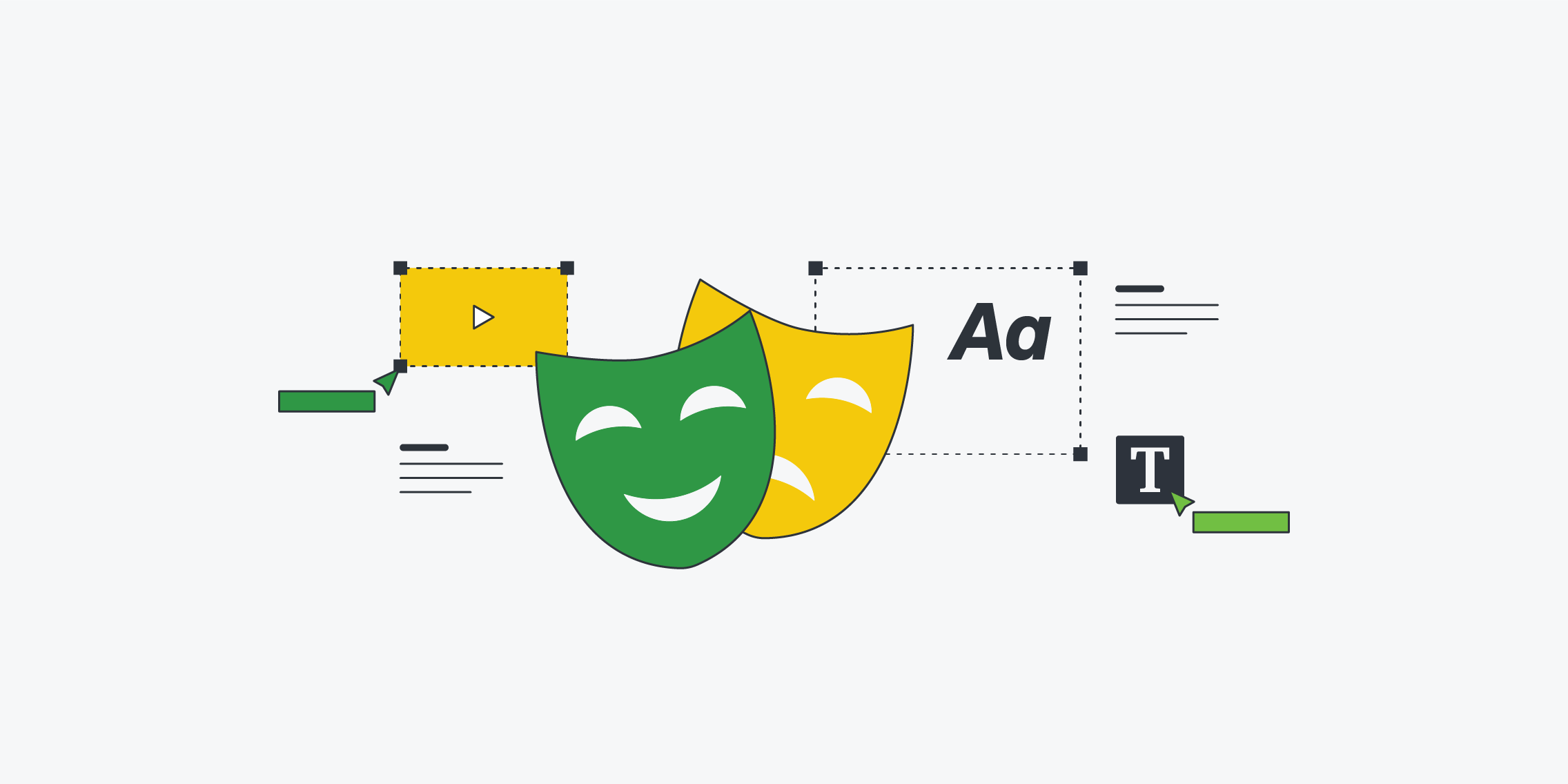
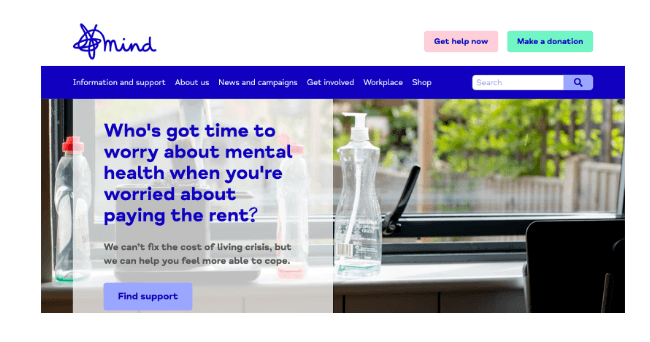
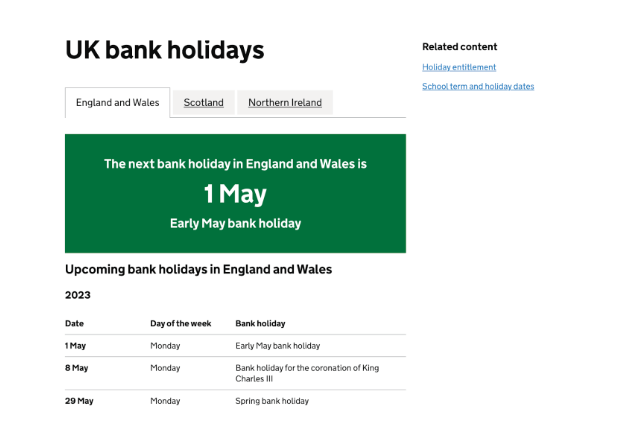
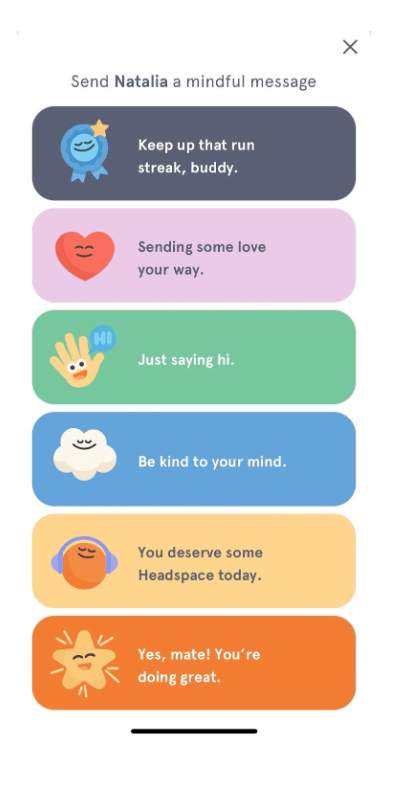
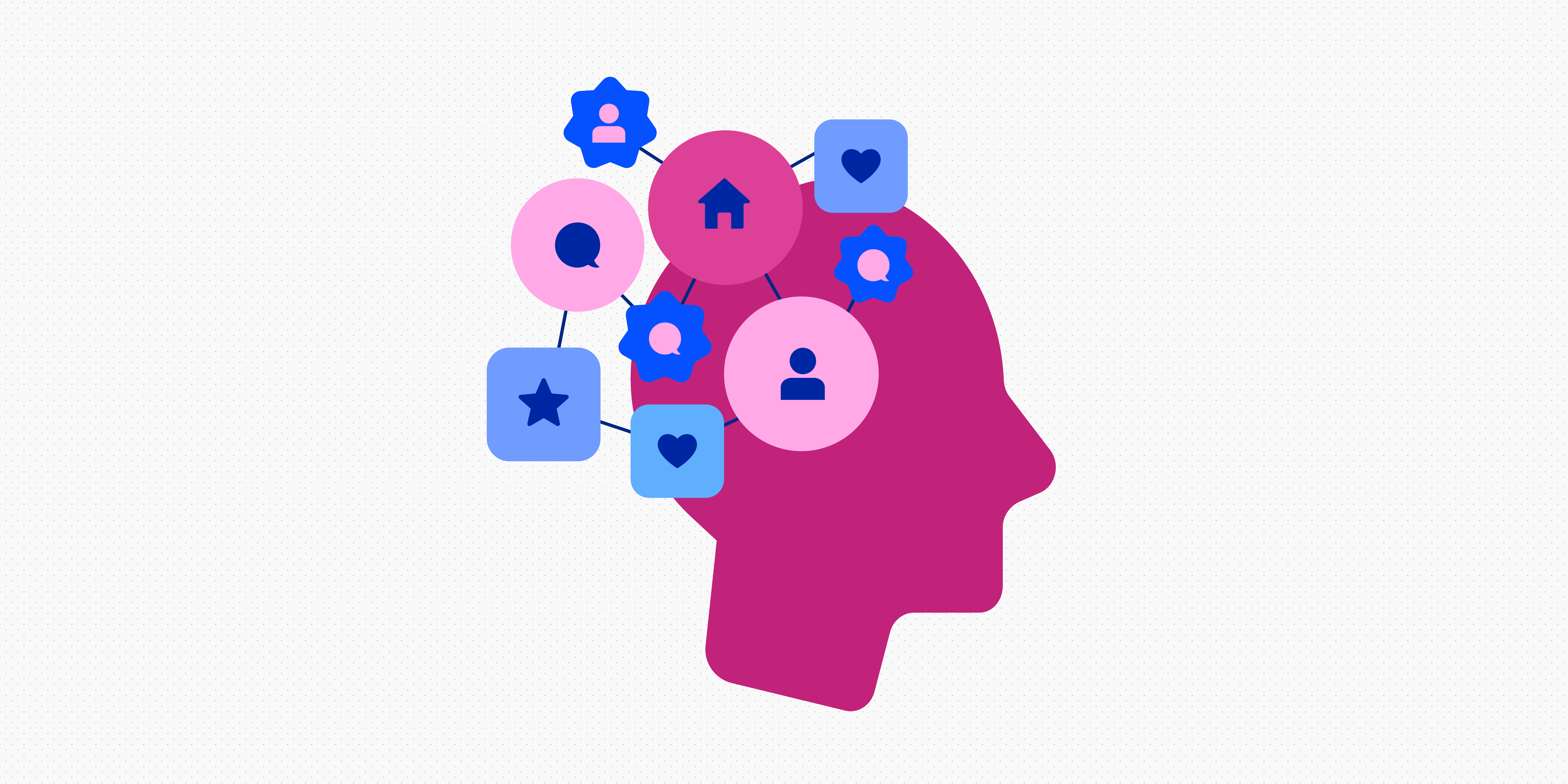
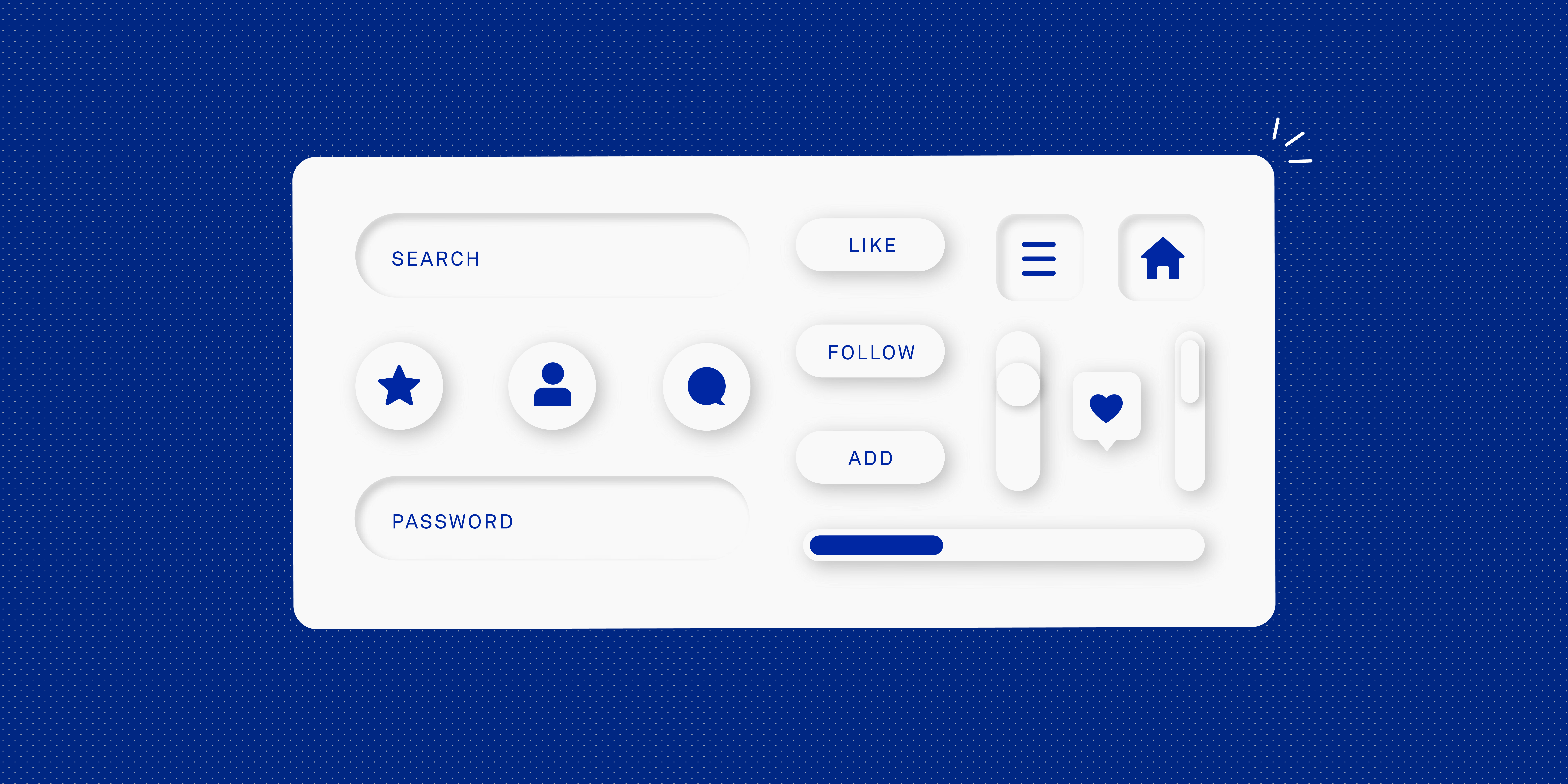
![The 10 best prototyping tools for UI/UX designers [2025 Update] 7 UI UX prototyping tools header image](https://www.uxdesigninstitute.com/blog/wp-content/uploads/2025/01/93_UX_Prototyping-tools_Illustration_blog-1.png)